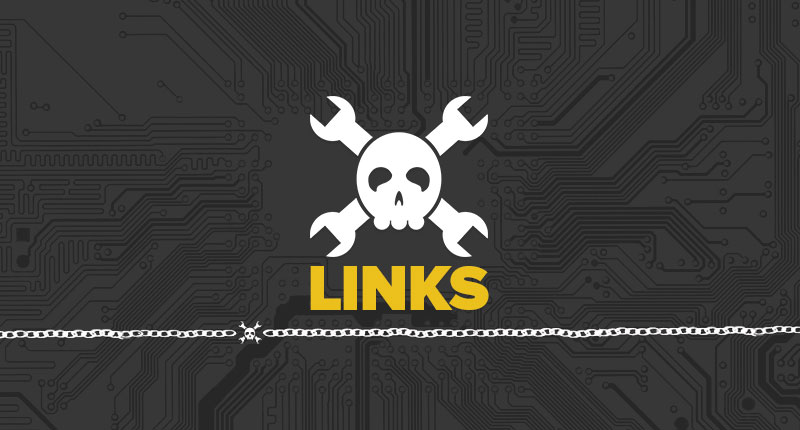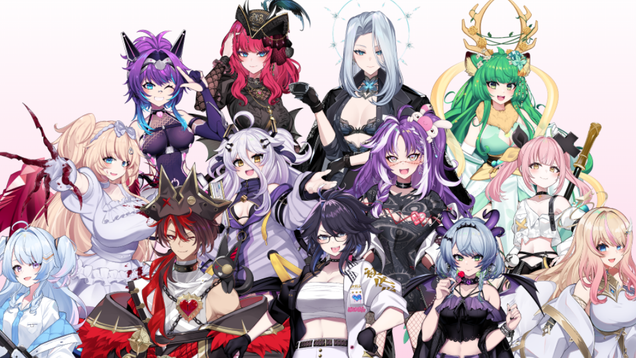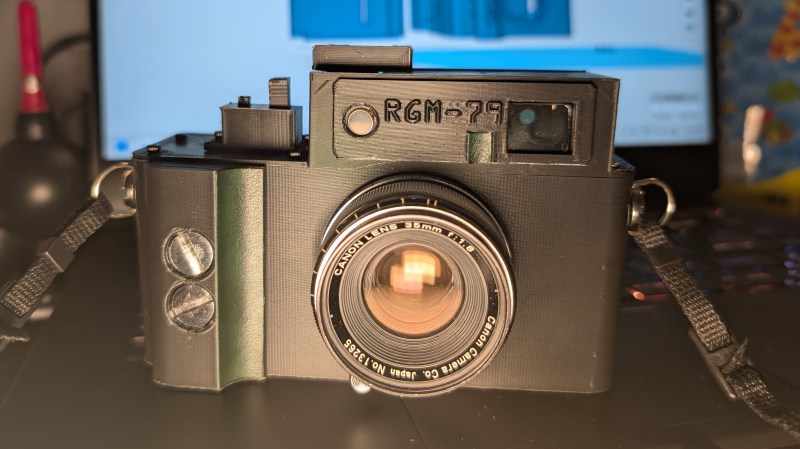Wētā FX’s expansion to Melbourne is being hailed as a major win in an industry riddled with closures and financial turmoil. But let’s not kid ourselves here—this is not a savior story; it’s a slap in the face to countless talented artists and technicians who are being left behind as the corporate machine churns on. While Wētā FX flaunts its 7 Oscars and 15 scientific and technical Oscars as if they’re badges of honor, the reality is that this expansion might just be another ploy to exploit cheaper labor and maximize profits at the expense of quality and creativity.
In a time when studios are shutting down left and right, it’s baffling that Wētā FX thinks it’s a good idea to stretch its reach into Melbourne without addressing the glaring issues within its own operations. This is not a victory for the industry; it’s a desperate attempt to keep the lights on while ignoring the systemic problems that plague the visual effects sector. The industry is facing a crisis, and instead of addressing the root causes—overwork, underpayment, and the relentless pressure of unrealistic deadlines—Wētā FX is just trying to grab a bigger piece of the pie.
Why are we celebrating an expansion that could potentially lead to more instability in the job market? Wētā FX’s move to Melbourne could mean more jobs, yes, but at what cost? What about the existing employees who are already stretched thin? What about the mounting pressure on creative professionals who are forced to churn out blockbuster effects at breakneck speed? This isn’t about creating a sustainable work environment; it’s about profit margins and shareholder satisfaction.
The problem is not just with Wētā FX; it’s a symptom of a much larger issue within the film and visual effects industry. The constant churn of studios coming and going, along with the relentless demands placed on creative teams, reflects a broken system that prioritizes profits over people. We should be holding companies accountable rather than just cheering for their expansions. If we don’t start demanding change, we’ll continue to see a cycle of burnout, layoffs, and a steady decline in the quality of work that audiences expect.
And let's talk about the so-called "innovation" that Wētā FX touts. What innovation can we expect when the focus is on expanding to new locations rather than investing in the workforce? New studios don’t equate to new ideas or better working conditions. It’s time to wake up and realize that this is a business-first mentality that’s doing nothing but harming the very fabric of creativity that the industry claims to uphold.
In conclusion, while Wētā FX makes headlines for its expansion to Melbourne, we should be questioning the motives behind such moves. This isn’t a time for celebration; it’s a time for scrutiny. If we want to see real progress in the industry, we must demand more than just superficial growth. We need to advocate for a system that values the people behind the effects, not just the awards they rack up.
#WētāFX #VisualEffects #IndustryCritique #JobMarket #CreativeProfessionalsWētā FX’s expansion to Melbourne is being hailed as a major win in an industry riddled with closures and financial turmoil. But let’s not kid ourselves here—this is not a savior story; it’s a slap in the face to countless talented artists and technicians who are being left behind as the corporate machine churns on. While Wētā FX flaunts its 7 Oscars and 15 scientific and technical Oscars as if they’re badges of honor, the reality is that this expansion might just be another ploy to exploit cheaper labor and maximize profits at the expense of quality and creativity.
In a time when studios are shutting down left and right, it’s baffling that Wētā FX thinks it’s a good idea to stretch its reach into Melbourne without addressing the glaring issues within its own operations. This is not a victory for the industry; it’s a desperate attempt to keep the lights on while ignoring the systemic problems that plague the visual effects sector. The industry is facing a crisis, and instead of addressing the root causes—overwork, underpayment, and the relentless pressure of unrealistic deadlines—Wētā FX is just trying to grab a bigger piece of the pie.
Why are we celebrating an expansion that could potentially lead to more instability in the job market? Wētā FX’s move to Melbourne could mean more jobs, yes, but at what cost? What about the existing employees who are already stretched thin? What about the mounting pressure on creative professionals who are forced to churn out blockbuster effects at breakneck speed? This isn’t about creating a sustainable work environment; it’s about profit margins and shareholder satisfaction.
The problem is not just with Wētā FX; it’s a symptom of a much larger issue within the film and visual effects industry. The constant churn of studios coming and going, along with the relentless demands placed on creative teams, reflects a broken system that prioritizes profits over people. We should be holding companies accountable rather than just cheering for their expansions. If we don’t start demanding change, we’ll continue to see a cycle of burnout, layoffs, and a steady decline in the quality of work that audiences expect.
And let's talk about the so-called "innovation" that Wētā FX touts. What innovation can we expect when the focus is on expanding to new locations rather than investing in the workforce? New studios don’t equate to new ideas or better working conditions. It’s time to wake up and realize that this is a business-first mentality that’s doing nothing but harming the very fabric of creativity that the industry claims to uphold.
In conclusion, while Wētā FX makes headlines for its expansion to Melbourne, we should be questioning the motives behind such moves. This isn’t a time for celebration; it’s a time for scrutiny. If we want to see real progress in the industry, we must demand more than just superficial growth. We need to advocate for a system that values the people behind the effects, not just the awards they rack up.
#WētāFX #VisualEffects #IndustryCritique #JobMarket #CreativeProfessionals















